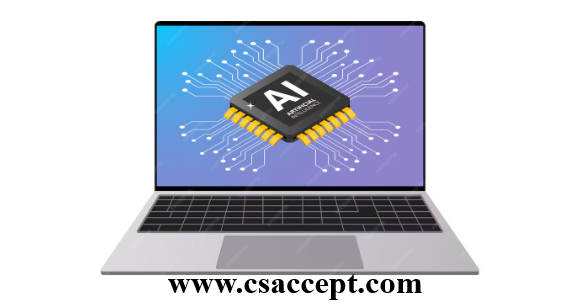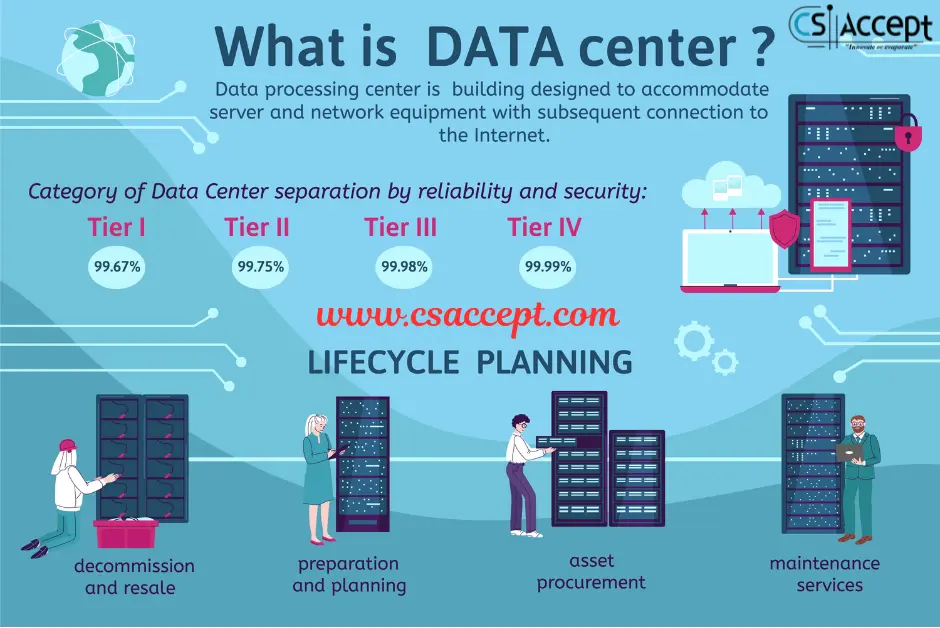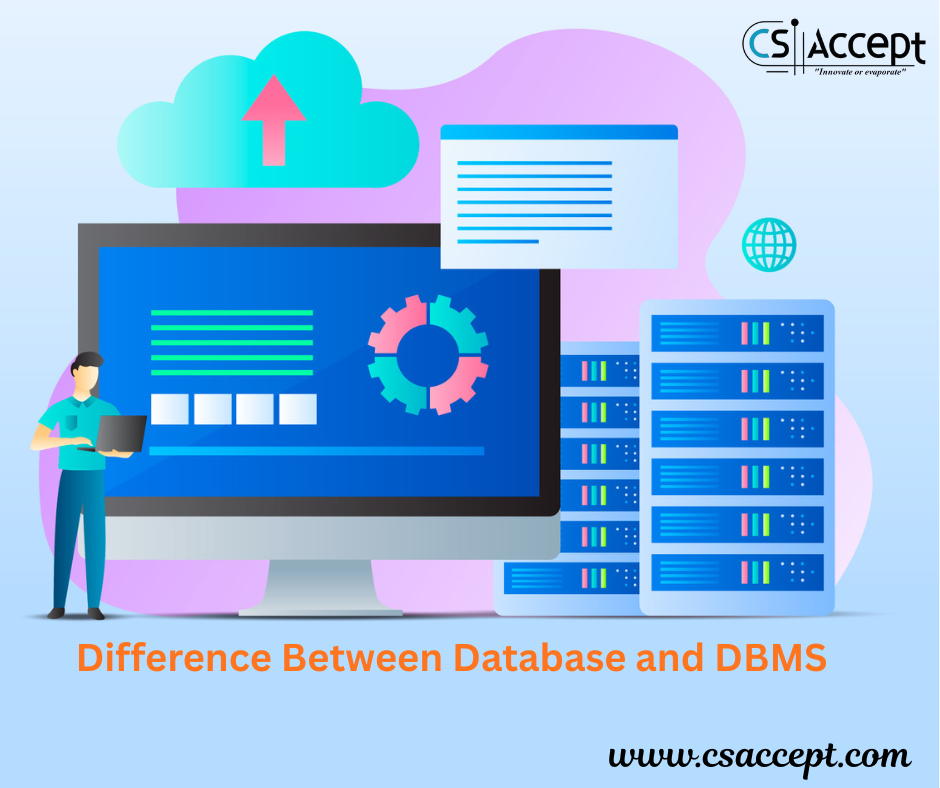
The world of laptops is rapidly evolving. In 2025, we are witnessing a big shift from traditional laptops to AI-powered laptops. While both look similar from the outside, the internal hardware and capabilities set them apart in terms of speed, intelligence, and overall user experience.
This article explains the key differences between regular laptops and AI laptops, along with real-life examples to help you understand.
1. Basic Definition
| Type | Definition |
|---|---|
| Regular Laptop | A laptop that uses only a CPU (Central Processing Unit) and GPU (Graphics Processing Unit) for all computing tasks. It doesn’t have dedicated AI acceleration hardware. |
| AI-Powered Laptop | A laptop that includes dedicated AI hardware like an NPU (Neural Processing Unit) along with CPU and GPU, designed to run AI-based tasks faster and more efficiently. |
2. Core Hardware Difference
Regular Laptop
- CPU: Handles all general computing tasks.
- GPU: Handles graphics-intensive work (gaming, video editing, 3D rendering).
- No NPU: AI tasks run on CPU/GPU, which consumes more power and may be slower.
AI Laptop
- CPU + GPU + NPU:
- CPU → General computing.
- GPU → Graphics rendering.
- NPU → AI-specific tasks like speech recognition, image processing, and real-time translation.
- The NPU can perform trillions of AI operations per second while consuming very little battery.
Example:
- Regular Laptop: Intel Core i5 + integrated GPU, no NPU.
- AI Laptop: Microsoft Surface Laptop Copilot+ with Qualcomm Snapdragon X Elite (CPU + GPU + NPU).
3. Performance in AI Tasks
| Feature/Task | Regular Laptop | AI Laptop |
|---|---|---|
| Noise Cancellation in Calls | Uses CPU/GPU, increases load, may cause lag. | Done by NPU instantly without slowing other tasks. |
| Real-time Translation | Requires internet + cloud AI processing. | Works offline using local AI models on NPU. |
| Image Enhancement | Slower, uses CPU/GPU. | Faster, processed locally on NPU. |
| Battery Efficiency | AI tasks drain battery faster. | AI tasks handled by NPU consume less power. |
4. User Experience Difference
Regular Laptop
- Good for: Web browsing, office work, media consumption, basic gaming.
- Limitations: Struggles with real-time AI features like live transcription or offline generative AI.
AI Laptop
- Good for: Advanced productivity, AI-assisted creativity, real-time collaboration, coding with AI help, AI-based photo/video editing.
- Extra Capabilities:
- Copilot integration (Windows)
- Apple Intelligence (MacBooks with M-series chips)
- Instant AI search across all files
- Offline ChatGPT-like responses
5. Security and Privacy
Regular Laptop
- Relies on passwords, PINs, and standard antivirus.
- AI-based threat detection is mostly cloud-based.
AI Laptop
- Built-in AI security features:
- Face recognition with anti-spoofing.
- Voice authentication.
- On-device AI malware detection (works without internet).
Example:
- Lenovo Yoga AI laptop uses AI-powered eye tracking to auto-lock when you look away.
6. Real-Life Example Comparison
Example Scenario:
You are attending an online meeting, editing a presentation, and using translation software at the same time.
- Regular Laptop:
- Noise cancellation + translation runs on CPU → Fan spins loudly, battery drains quickly, occasional lag.
- Translation may require internet connection.
- AI Laptop:
- Noise cancellation runs on NPU → CPU is free for other tasks, battery lasts longer.
- Translation works offline instantly without internet.
- Presentation auto-improves using AI formatting tools.
7. Future Scope
- Regular Laptops: Will continue to be affordable options for basic tasks.
- AI Laptops: Will dominate professional, creative, and productivity-focused markets, with more AI integration like personalized assistants, automated workflows, and offline generative AI.
8. Summary Table
| Aspect | Regular Laptop | AI-Powered Laptop |
|---|---|---|
| AI Hardware | None | NPU (Neural Processing Unit) |
| AI Task Speed | Slower, CPU/GPU dependent | Much faster, NPU optimized |
| Battery Life | Shorter during AI tasks | Longer due to efficient NPU |
| Offline AI | Limited | Full capability |
| Price | Lower | Higher but future-proof |
| Best For | Basic users, students | Professionals, creators, tech-savvy users |
Conclusion
The main difference between a regular laptop and an AI laptop lies in how they handle AI workloads. AI laptops bring a huge leap in speed, efficiency, and offline capabilities thanks to their dedicated NPU chips.
If your work involves content creation, coding, AI tools, or heavy multitasking, an AI laptop will not only save you time but also future-proof your device for the AI-driven world ahead.
However, if you only use your laptop for browsing, emails, and basic documents, a regular laptop is still a cost-effective choice.






